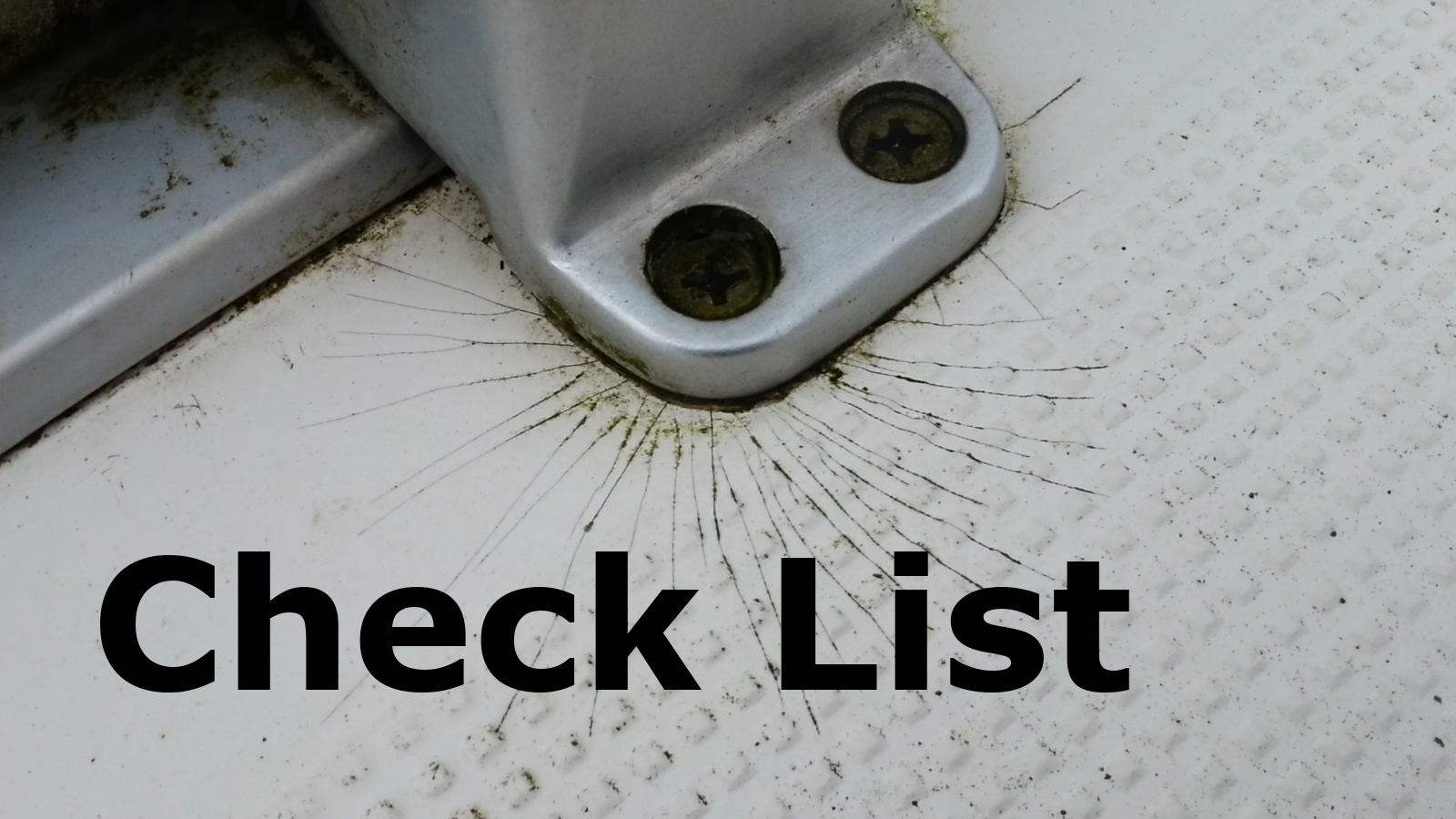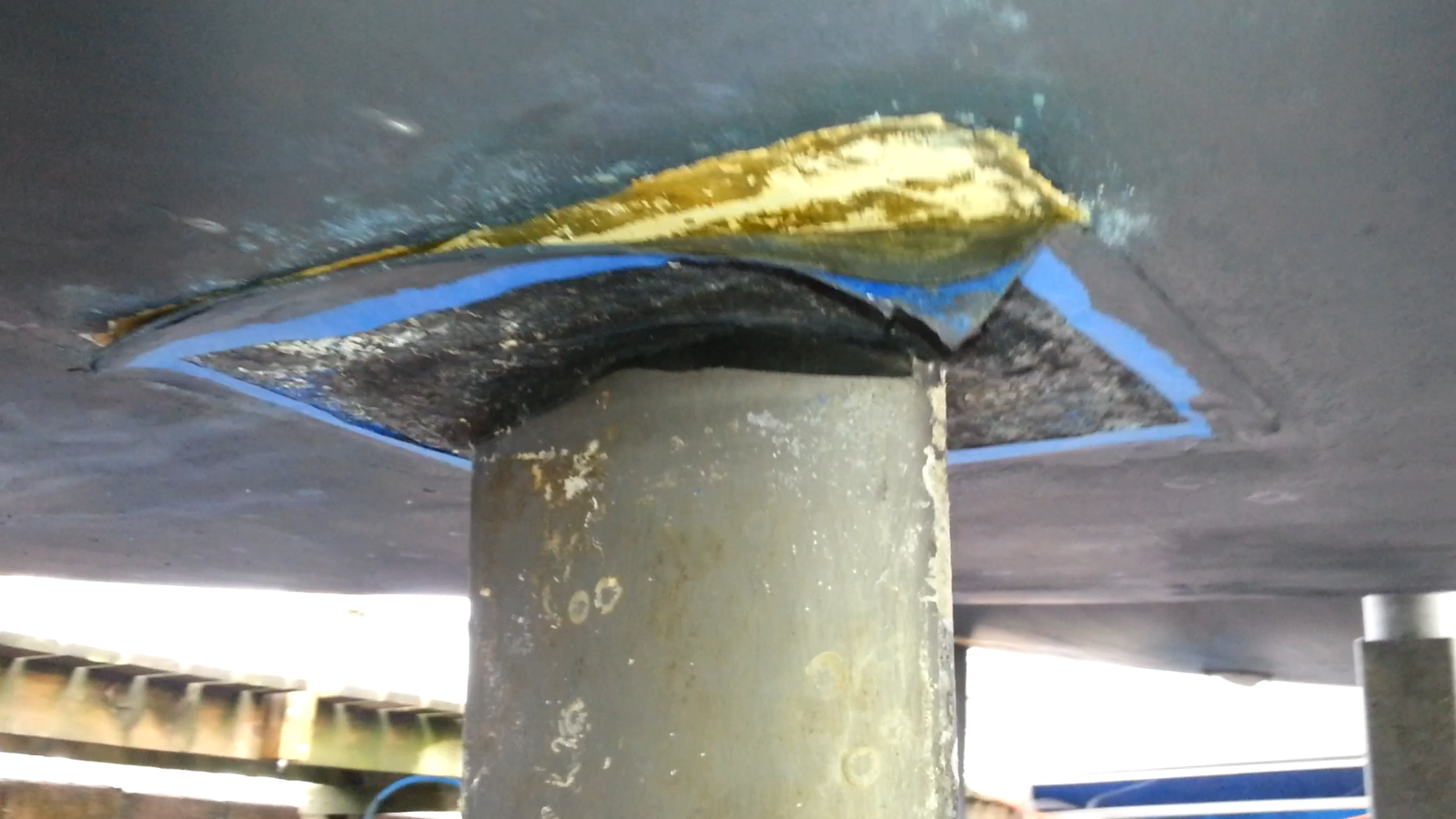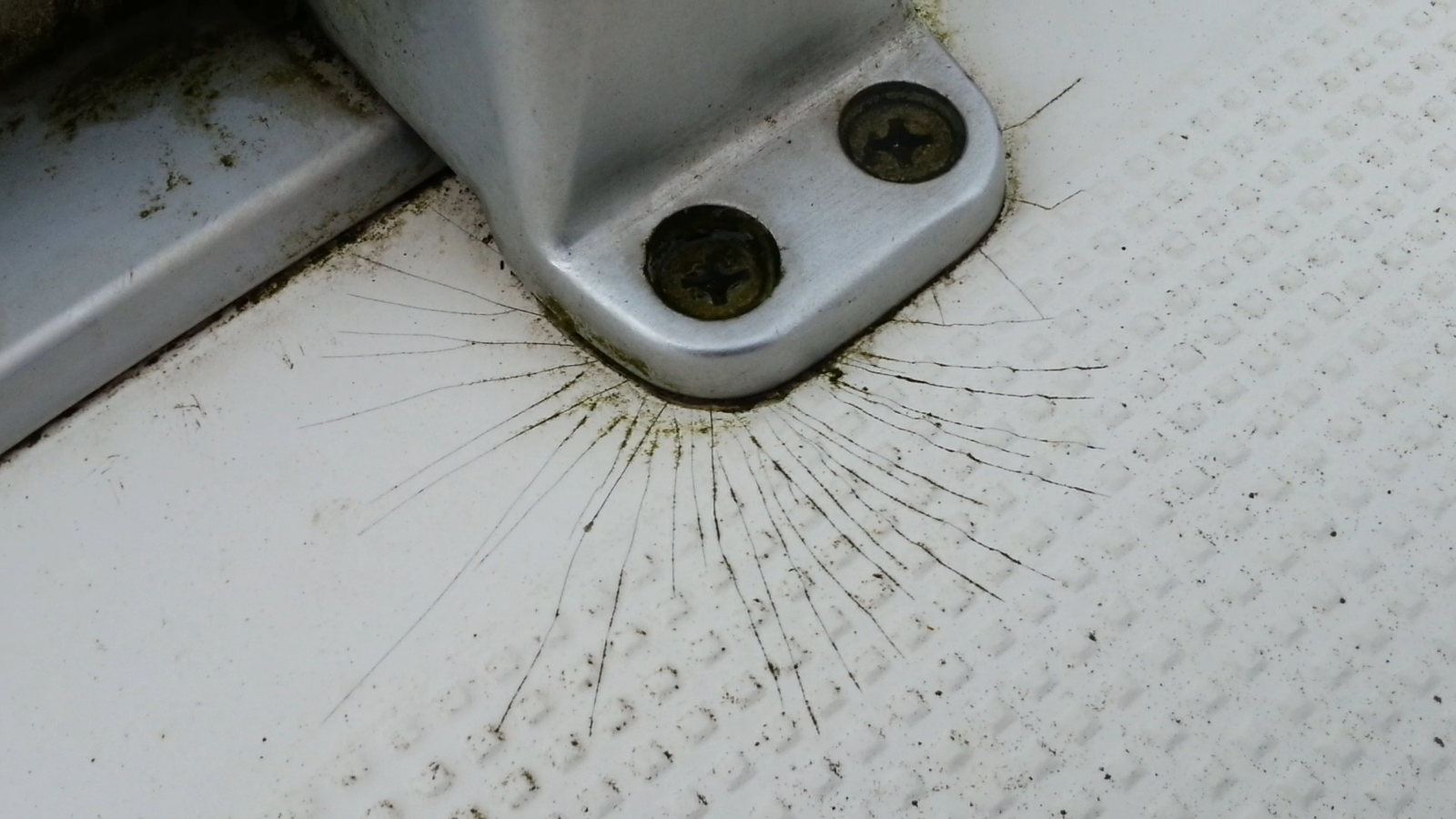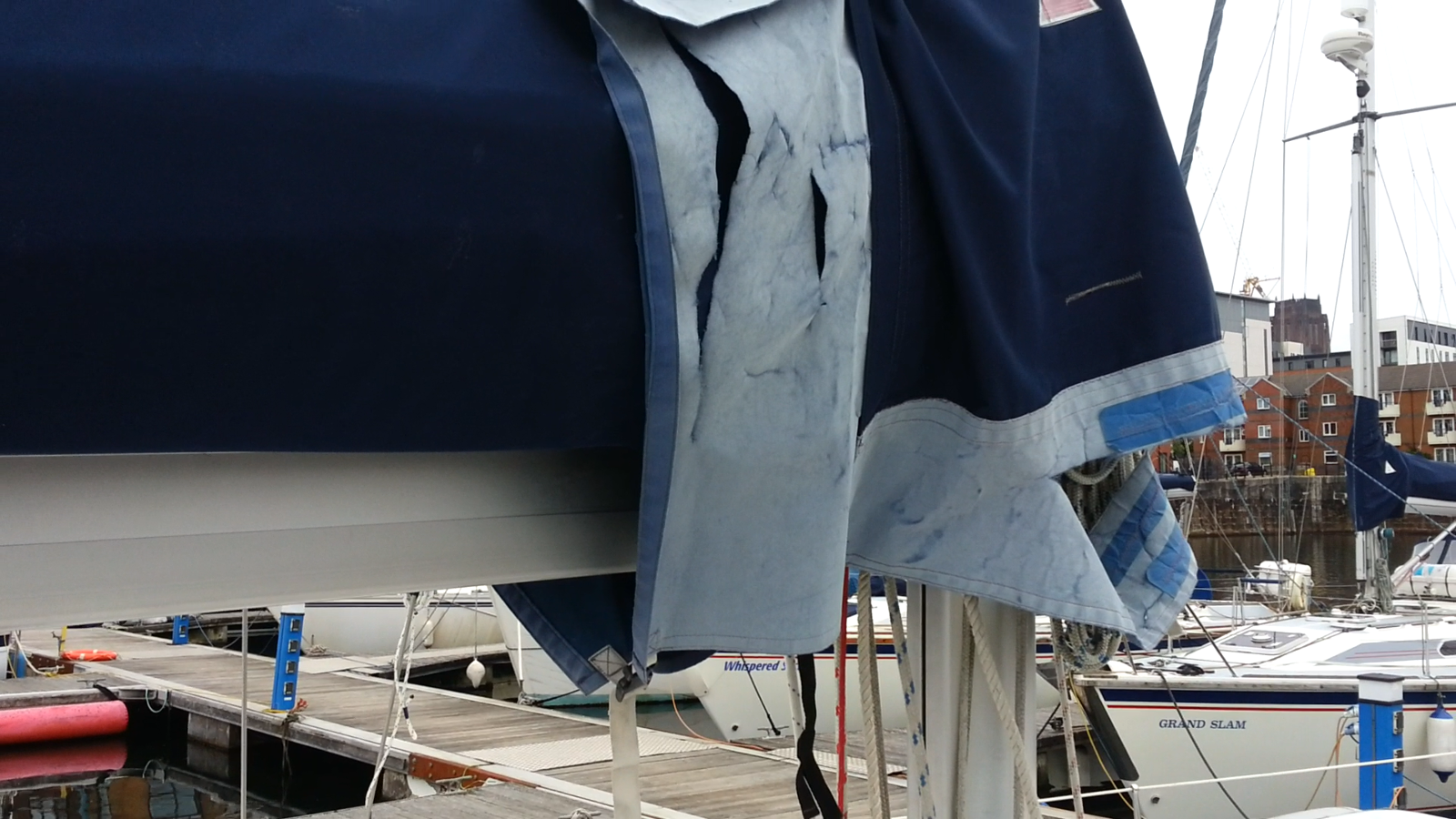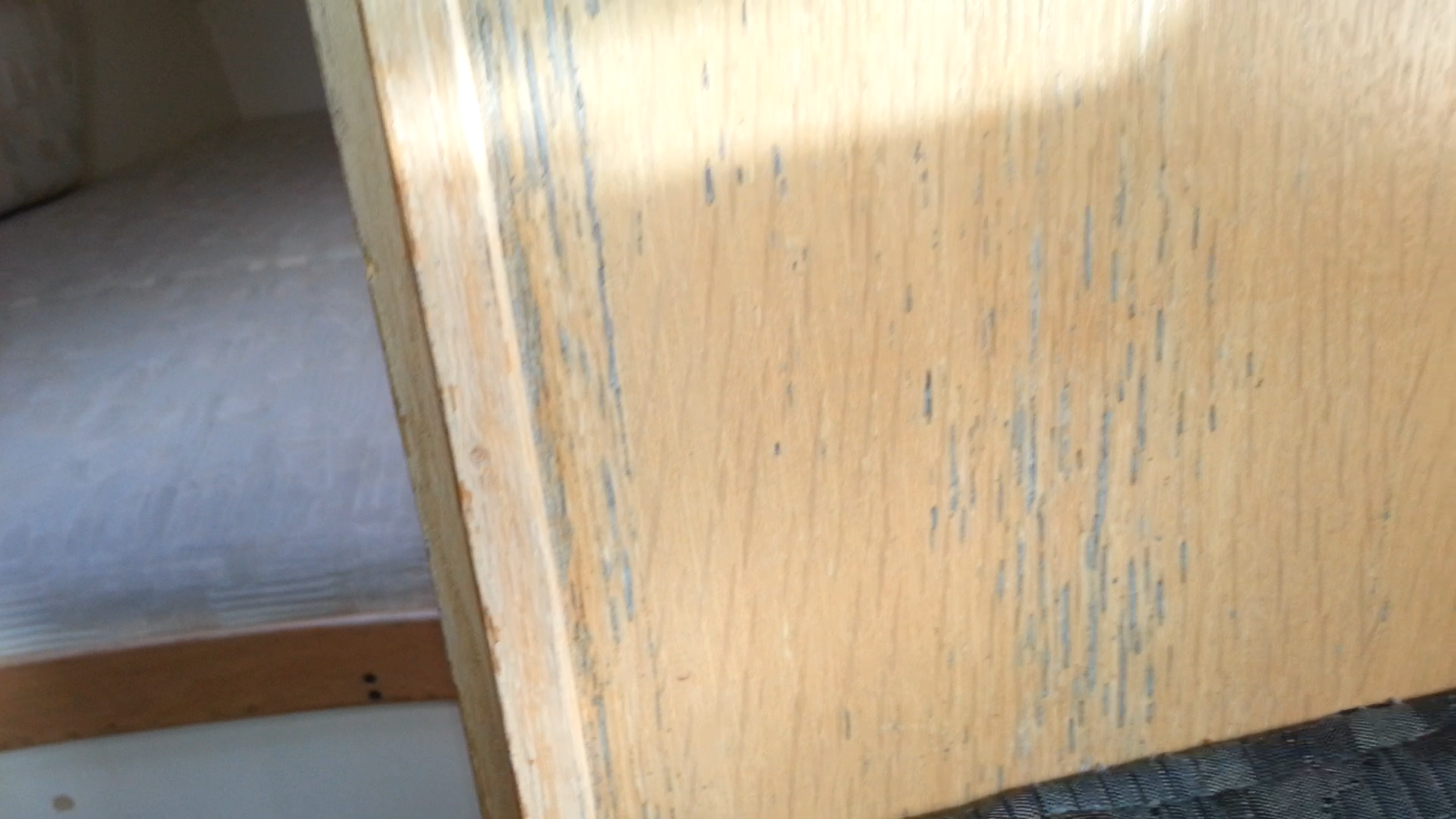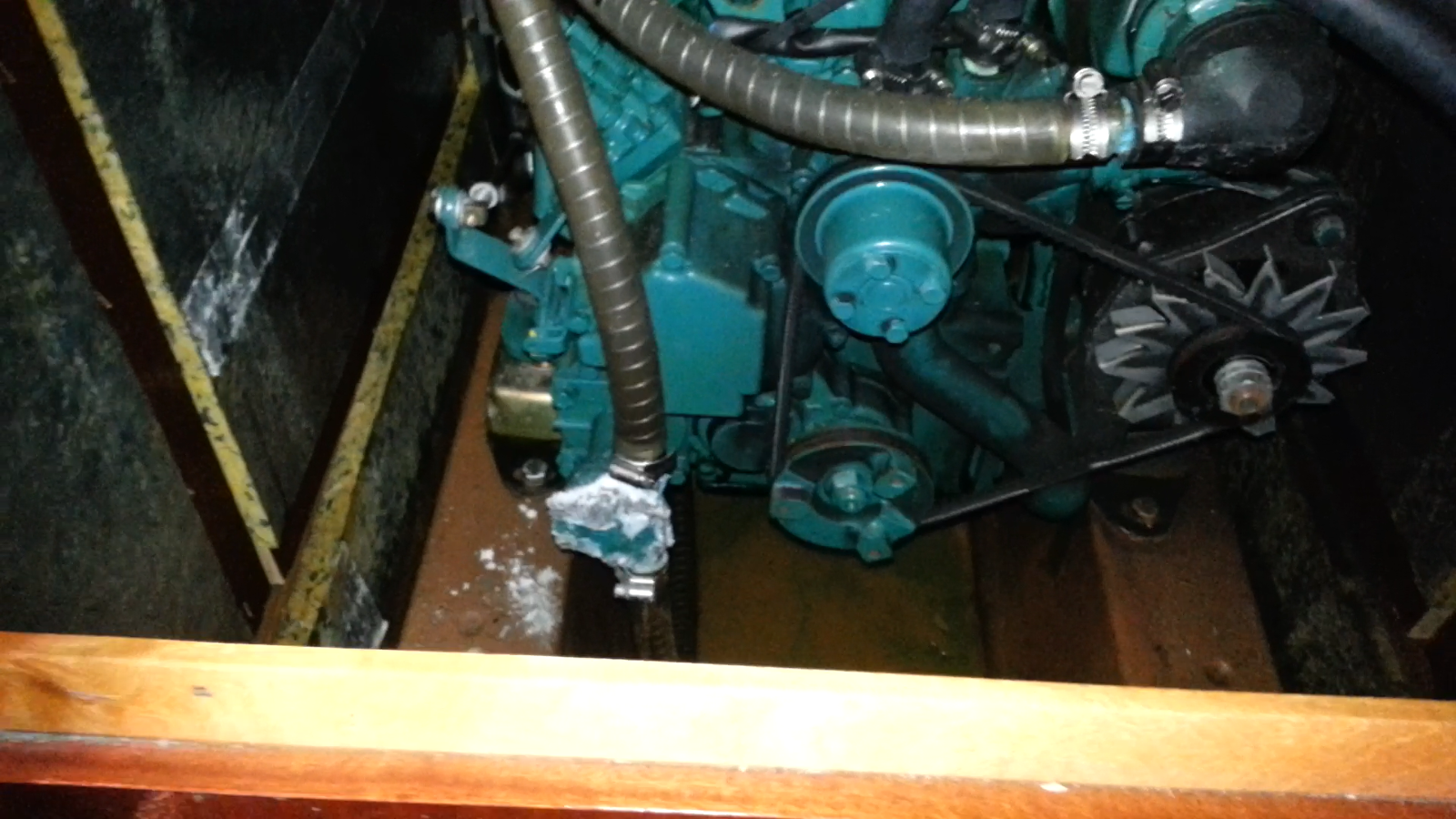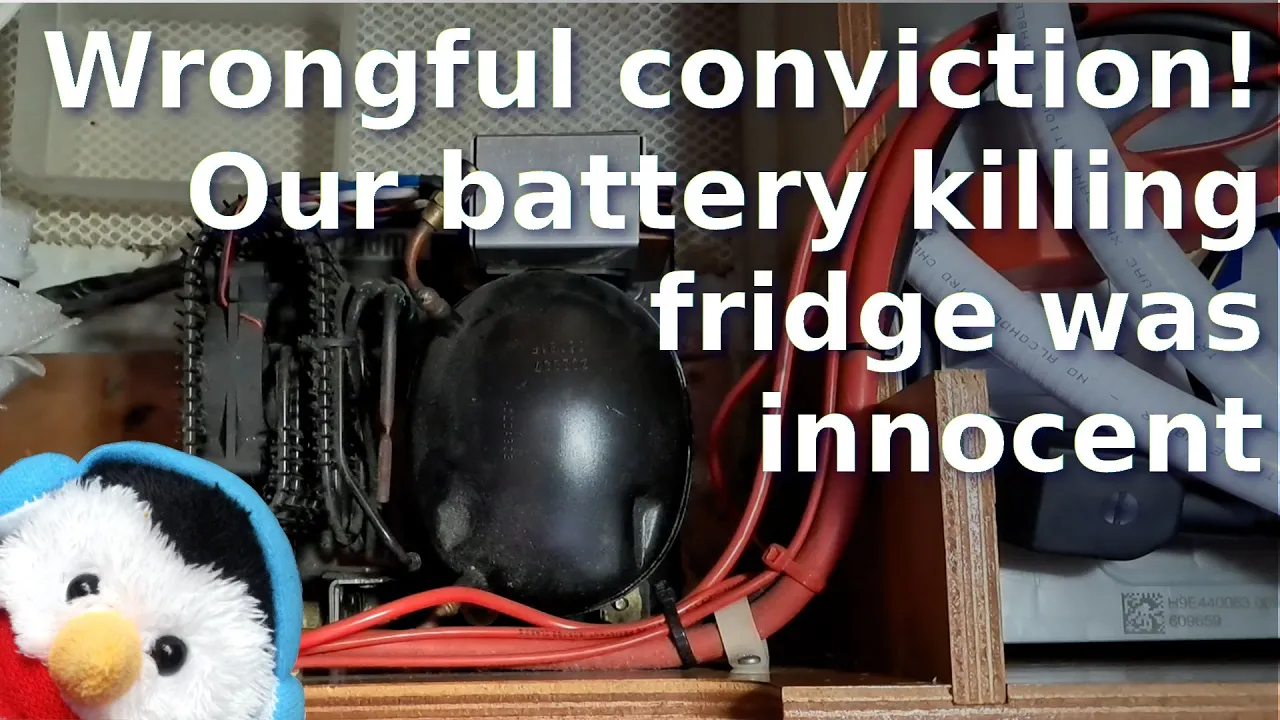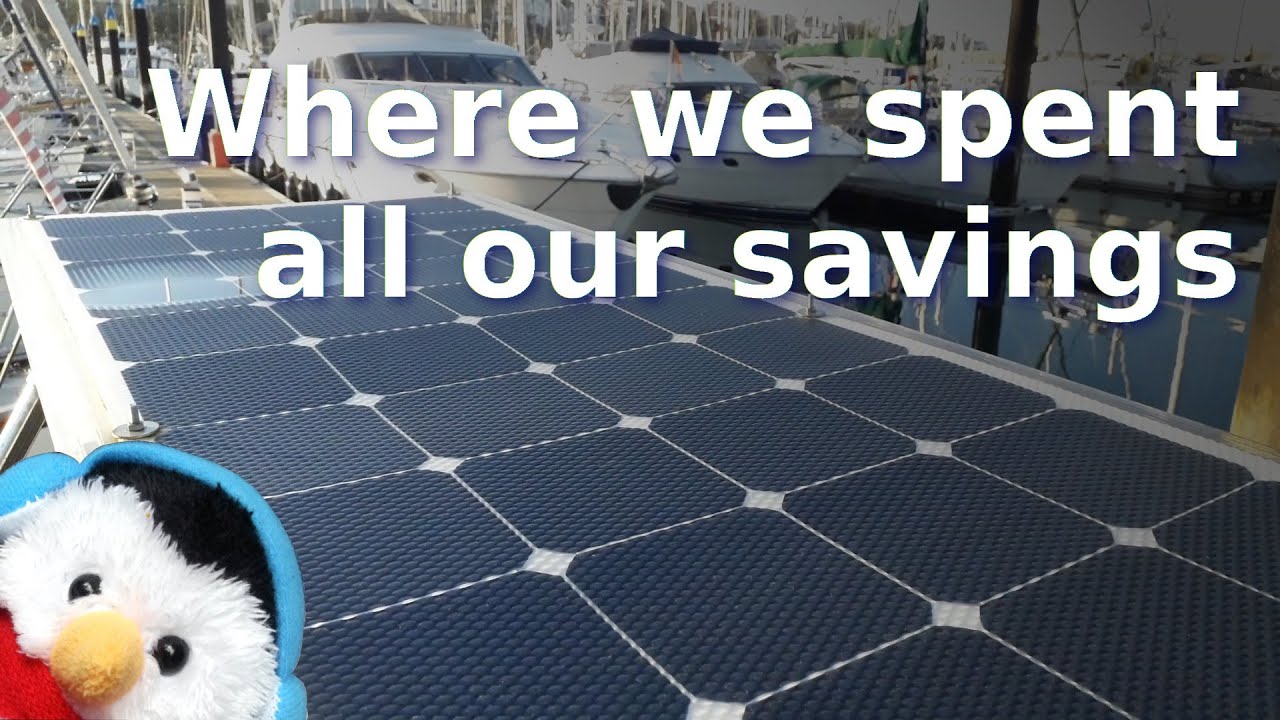When we were looking for our boat then there was several things that we looked for ourselves. Depending on if the boat was in or out of the water made some of the items easier, while others impossible, but having a list allowed us to be consistent. We did not go into detail that is what the survey is for, but we would write down what needed replacing or repairing and approximate time in days to complete the job. This gave us two things, the first a list of big ticket items that we could use in the negotiation process and an approximate time scale for projects.
If you are boat shopping we hope you find our list useful.



